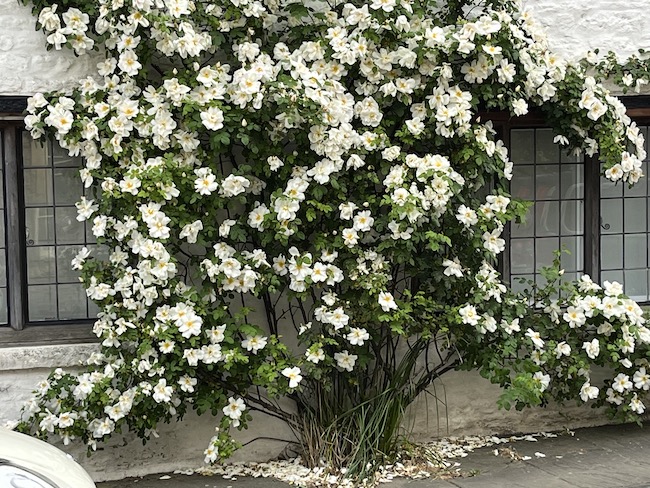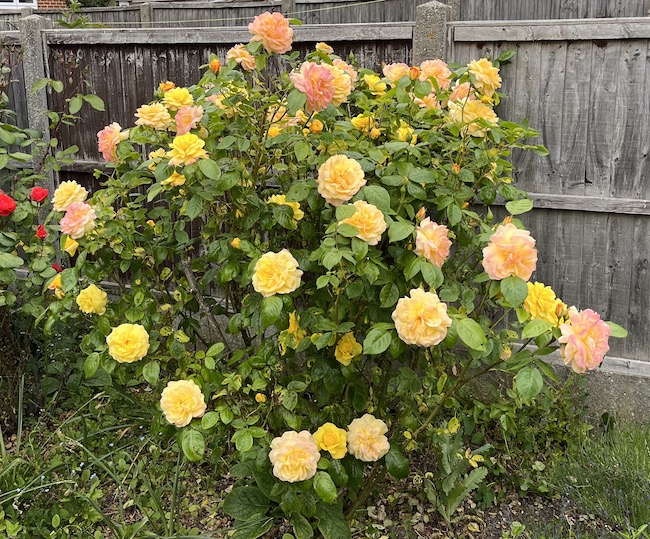Old Roses: Discovering Timeless Beauty in Your Garden

As a GardenAdvice Advisor, one of the most delightful experiences during the summer is witnessing the magnificent display of old roses flourishing in our clients’ gardens. These roses, with names long forgotten, have withstood the test of time, planted as early as the 1950s and 1960s. Unbeknownst to many, these vintage roses offer a host of unique qualities that make them exceptional additions to any garden. In this article, we will explore the charm of old roses and share valuable tips on how to grow the perfect rose.
When it comes to roses, old is gold. These heirloom varieties possess an enduring appeal, captivating gardeners with their timeless beauty. Unlike their modern counterparts, old roses tend to exhibit longer flowering periods and a richer, more captivating fragrance. Each bloom tells a story of the past, carrying with it the romance and nostalgia of bygone eras. These roses are a testament to the remarkable resilience and beauty of nature.
One of the reasons old roses are revered by gardeners is their ability to withstand a wide range of climatic conditions. Many of these varieties were developed during a time when hybridization techniques were still evolving. As a result, these roses possess natural disease resistance and robust growth habits. They often require less maintenance and are less susceptible to common rose diseases such as black spot or powdery mildew.

If you aspire to grow the perfect rose in your garden, here are some tips to guide you:
- Choose the Right Variety: There are several categories of old roses, each with its own distinct characteristics. These include Gallicas, Damasks, Albas, Bourbons, and Moss roses, among others. Research and select a variety that suits your climate, soil type, and personal preferences. Consider factors such as flower color, fragrance, and growth habit.
- Planting and Soil Preparation: Old roses generally prefer fertile, well-draining soil. Prior to planting, ensure the soil is enriched with organic matter, such as compost or well-rotted manure. Dig a hole slightly larger than the root ball, ensuring that the bud union (the swollen area where the rose is grafted onto the rootstock) is level with or slightly above the soil surface.
- Pruning: Regular pruning is essential for maintaining the health and shape of your rose bush. For old roses, it is best to prune in late winter or early spring, just before new growth begins. Remove any dead or diseased wood, as well as any crossing or rubbing branches. Aim to create an open-centered shape to allow air circulation and sunlight penetration.
- Watering and Feeding: Roses require consistent watering, especially during dry spells. Deep, thorough watering is preferable to frequent shallow watering. Mulching around the base of the plant helps retain moisture and suppresses weed growth. Additionally, feed your roses with a balanced rose fertilizer during the growing season to promote healthy growth and abundant blooms.
- Pest and Disease Control: Despite their natural resilience, old roses can still be susceptible to certain pests and diseases. Monitor your plants regularly for signs of aphids, thrips, or spider mites, and take appropriate measures to control these pests. Regularly inspect your roses for common diseases, such as black spot or powdery mildew, and promptly treat them using organic or chemical controls.
- Support and Training: Depending on the growth habit of your chosen rose variety, you may need to provide support, such as stakes or trellises, to prevent the canes from bending or breaking under the weight of the blooms. Gently tie the canes to the support structure, allowing them room to grow and spread naturally.
- Enjoying the Beauty: Once your old roses begin to bloom





















